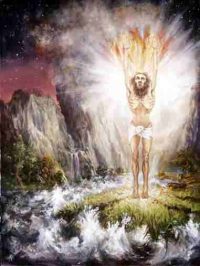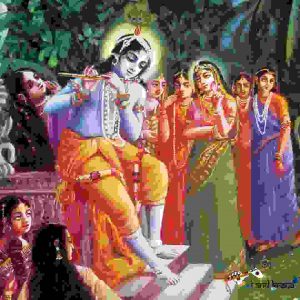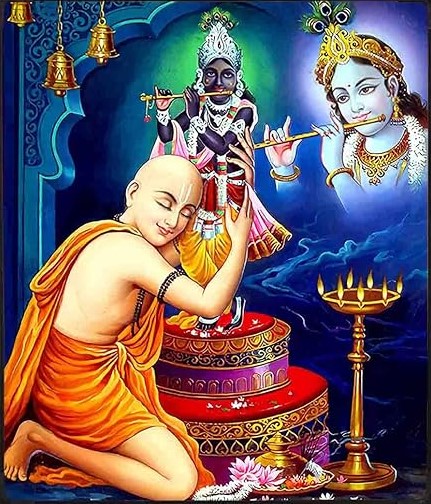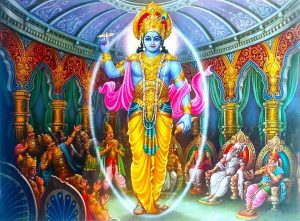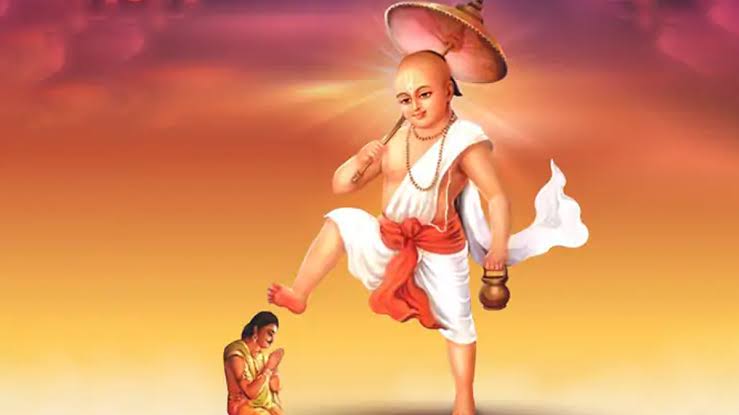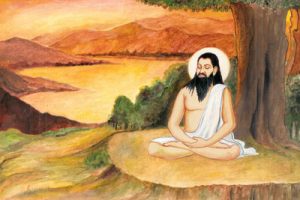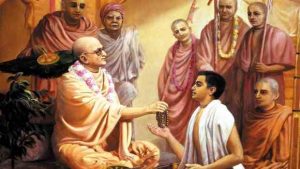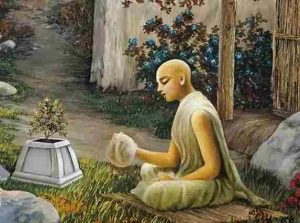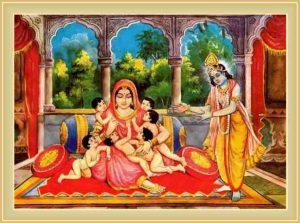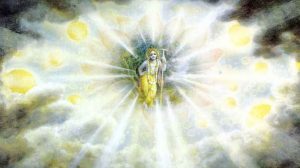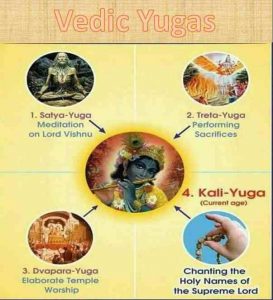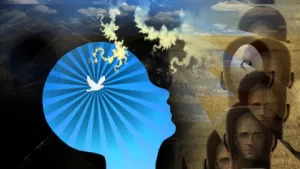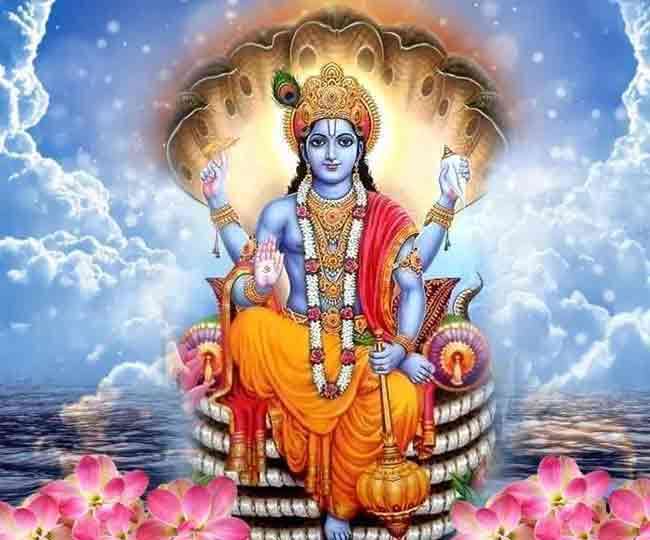One cannot fully appreciate the beauty and perfection of bhakti-yoga unless one sees its superiority to all other processes.
It has already been elaborately explained by the Supreme Lord that without loving devotional service rendered to Him in the association of devotees, no other process of self-realization will work. Therefore it may be asked why Uddhava is again referring to the system of meditation, dhyāna. The ācāryas explain that one cannot fully appreciate the beauty and perfection of bhakti-yoga unless one sees its superiority to all other processes. Through comparative analysis, the devotees become fully ecstatic in their appreciation of bhakti-yoga. It should also be understood that although Uddhava asks about those who aspire for liberation, he is not actually a mumukṣu, or salvationist; rather, he is asking questions for the benefit of those who are not on the platform of love of Godhead. Uddhava wants to hear this knowledge for his personal appreciation and so that those who pursue salvation, or liberation, can be protected and redirected to the path of pure devotional service to the Supreme Lord. The Supreme Personality of Godhead said: Sitting on a level seat that is not too high or too low, keeping the body straight and erect yet comfortable, placing the two hands on one’s lap and focusing the eyes on the tip of one’s nose, one should purify the pathways of breathing by practicing the mechanical exercises of pūraka, kumbhaka and recaka, and then one should reverse the procedure (recaka, kumbhaka, pūraka). Having fully controlled the senses, one may thus practice prāṇāyāma step by step. According to this procedure, the hands are to be placed palms upward, one on top of the other. Thus, one may practice prāṇāyāma through mechanical breath control in order to achieve steadiness of the mind. As stated in the yoga-śāstra, antar-lakṣyo bahir-dṛṣṭiḥ sthira-cittaḥ susaṅgataḥ: “The eyes, which generally see externally, must be turned inward, and thus the mind is steadied and fully controlled.” Beginning from the mūlādhāra-cakra, one should move the life air continuously upward like the fibers in the lotus stalk until one reaches the heart, where the sacred syllable om is situated like the sound of a bell. One should thus continue raising the sacred syllable upward the distance of twelve aṅgulas, and there the oṁkāra should be joined together with the fifteen vibrations produced with anusvāra. It appears that the yoga system is somewhat technical and difficult to perform. Anusvāra refers to a nasal vibration pronounced after the fifteen Sanskrit vowels. The complete explanation of this process is extremely complicated and obviously unsuitable for this age. From this description we can appreciate the sophisticated achievements of those who in former ages practiced mystic meditation. Despite such appreciation, however, we should stick firmly to the simple, foolproof method of meditation prescribed for the present age, the chanting of Hare Kṛṣṇa, Hare Kṛṣṇa, Kṛṣṇa Kṛṣṇa, Hare Hare/ Hare Rāma, Hare Rāma, Rāma Rāma, Hare Hare.
Source: A.C. Bhaktivedanta Swami Prabhupada (2014 edition), “Srimad Bhagavatam”, Eleventh Canto, Chapter 14 – Text 31 to 34.



